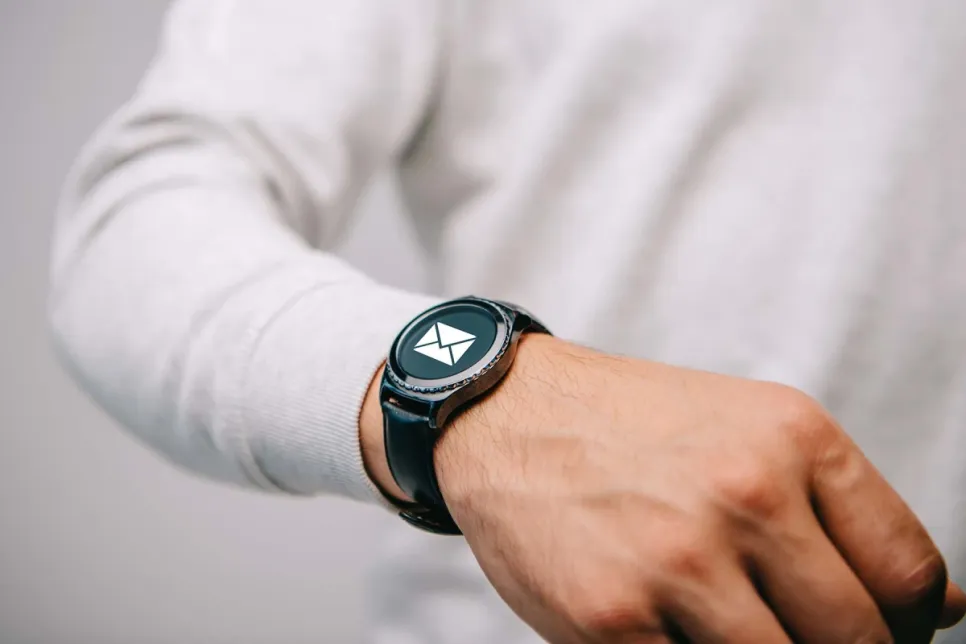TCL, Hisense Threaten Samsung’s Leadership in Premium TV Market
Global Advanced TV shipments increased 44% as revenues increased 35% in 1Q25, according to Counterpoint Research.

The global wearables market faced its first-ever decline during the first quarter of 2022 as unit shipments totaled 105.3 million units, down 3.0% year over year, according to IDC. The decline is largely attributable to cooling demand as consumers begin to spend more in categories outside of wearables following years of precipitous growth that were further amplified during the pandemic.
Despite the overall decline, not all wearable categories shared the same fate. Hearables, the largest category by share, declined slightly with growth down just 0.6%. Hearables also experienced one of the biggest booms in the industry as work-from-home and learn-from-home activity led to a sharp increase in demand that has now come down from the pandemic-driven high. Wristbands, the pioneers of the wearables category, declined 40.5% as supply shortages and weaker demand combined to hamper growth. On the bright side, watches grew 9.1% during the period and grabbed a 28% share of the overall market.
"Consumers are increasingly becoming aware of their health and with more pricing options, there seems to be a watch available for everyone," said Jitesh Ubrani, research manager for IDC Mobility and Consumer Device Trackers. "Competition is also on the rise as smaller brands ramp up their basic health and fitness tracking watches at the low end, and like Google, along with Samsung and other Wear OS partners finally become more competitive with Apple at the high end of the spectrum.
"Cooling demand will force companies to further differentiate themselves," noted Ramon T. Llamas, research director, Mobile Devices and AR/VR at IDC. "With most features becoming increasingly common among the different devices, companies will have to convince customers to upgrade with best-in-class experiences knowing that there are plenty of alternatives available. This will call for new hardware, software, and services that will both surprise and delight, and keep customers engaged.
Apple managed to grow 6.6% year over year during the quarter thanks to the performance of Apple Watches with the Apple Watch SE showing surprising resilience (over 2 million shipped) for a device that is more than one and half years old. Meanwhile, shipments of AirPods were flat during the quarter as the company faced more competition from low-cost products. Samsung ranked second although its unit shipments dropped nearly 10% compared to last year. The additional competition combined with slowing smartphone sales led to a decline in shipments for hearables. Wristbands also declined along with the overall category.
Xiaomi's decline was solely due to the weakness in the wristband category. That said, the company continues to make progress with watches and hearables and employs the same low-cost, high-value strategy. Huawei retained the fourth position even though overall shipments declined by 10.8% during the quarter. The company remains heavily focused on the local Chinese market although its presence in Europe has grown over time. Imagine Marketing once again held its position within the global top 5 due to its large presence in India although it may be experiencing early signs of saturation as growth within hearables declined 3.8% during the quarter. As a result, the company has been growing its presence in the watch category even though overall shipments remain well below 1 million units.